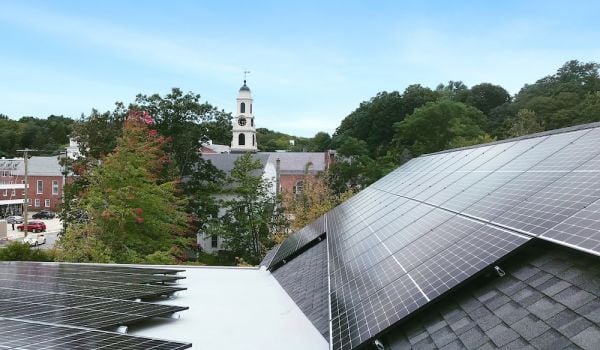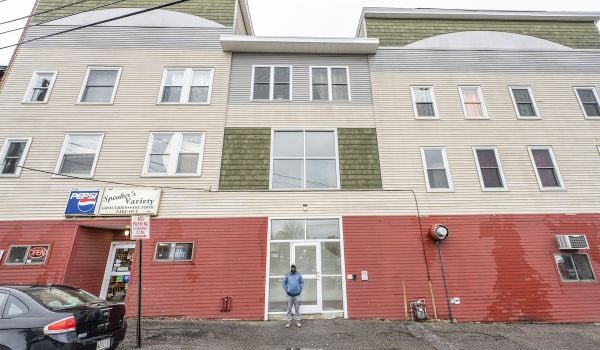In many ways, Los Angeles has much to envy: Movie stars. Sunny weather. Beaches. What the city lacks, though, is sufficient CDFI funding to satisfy the needs of impoverished residents relative to other major metro areas. That’s the view of Tom De Simone, president and CEO of Genesis LA, a CDFI with a total of $50 million in assets that serves entrepreneurs and businesses mostly in south and east L.A.
De Simone, who has been leading Genesis LA since 2013, is tasked with trying to fill that gap, which he has done with some success, growing assets from $15 million when he took over the organization and lending out more than $400 million through direct loans and the new markets tax credit program.
De Simone is an in L.A. native, and all of his colleagues at Genesis live locally. He explains why having deep ties to their local community is key to their success as a CDFI.
You’ve said L.A. is underserved by CDFIs. Can you share more about that?
If you look at the map of CDFIs, they really have a concentration on the East Coast and another kind of concentration in the Bay Area. The Midwest and Chicago have a decent size, too. But there’s less of a local driven CDFI community here, as opposed to what you see on the East Coast, Boston and New York.
… We focus on LA county, which as a whole would be the 11th biggest state; there’re 10 million people here. We technically serve the whole county but there are certain areas that are more underserved. South Los Angeles is a big one, where we do a lot of investing. East LA is another one.
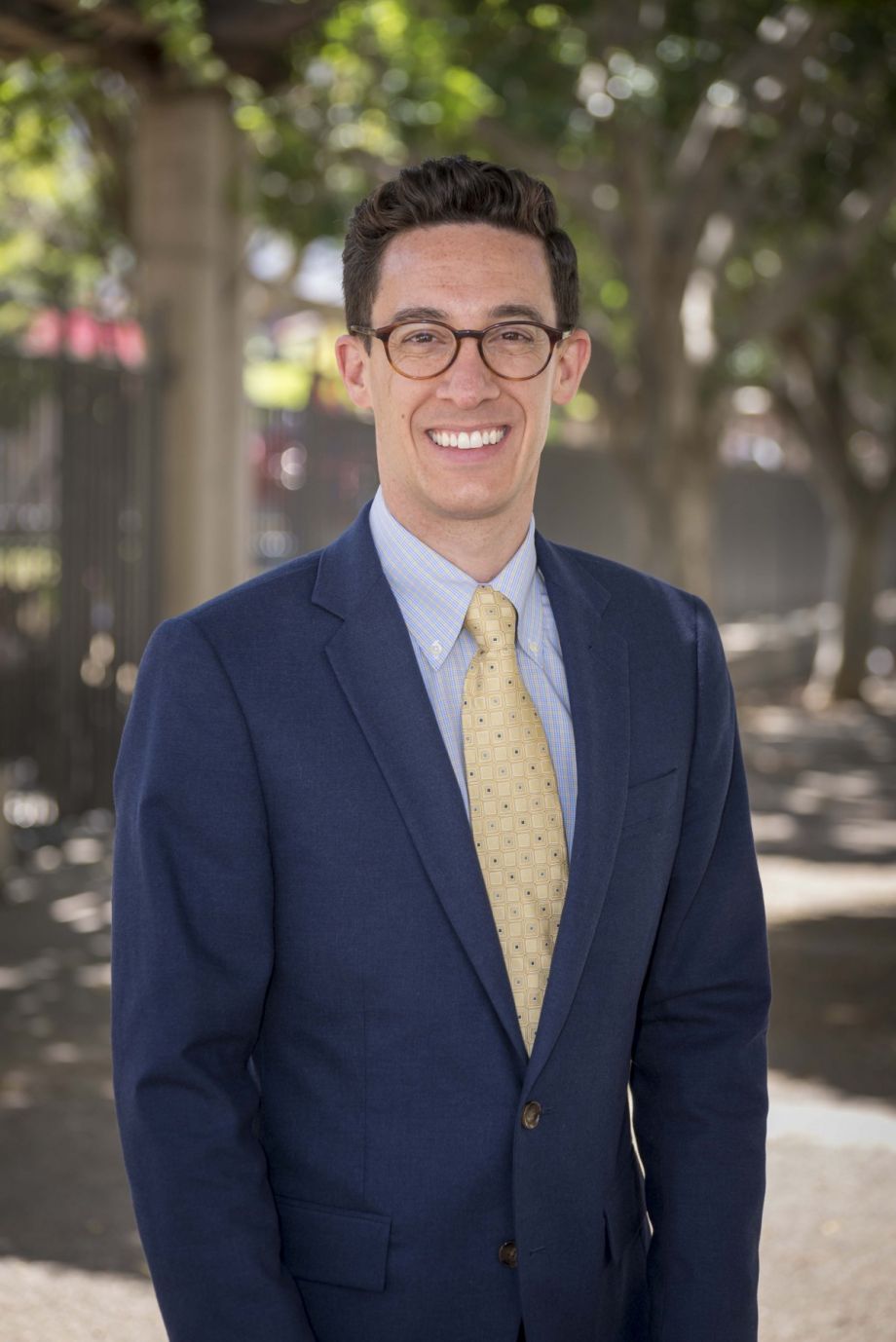
Tom De Simone (Photo courtesy of GenesisLA)
How does a CDFI like yours make an impact in such a large region?
We address community development in two ways. One, we try to focus on certain neighborhoods where you can have some concentration of impact. If you spread yourself too thin, is your investment really enough to make a difference? We also (focus on) innovative opportunities wherever they are needed. So, we invest anywhere in the county in projects that make sense and that have an impact.
What is the benefit for funders of being focused on their local community?
Politics gets in the way, bureaucracy gets in the way, budgetary needs get in the way. The interesting thing about CDFIs and community developers is that they carry the spirit of the public sector, but they also have the freedom and flexibility to be nimble in the way that the private sector does. You have more flexibility to innovate, be creative.
We don’t have a board of directors that you have to run things by. (Investment decisions) all happen here in our four walls and with our board, who all live here. So, there’s the ability to react and to be proactive. Because we are all living here, we’re experiencing (what’s going on in the community) and we’re all committed to one place. There’s just an intimacy of the issues and a personal investment in a lot of this stuff.
How do you assess your impact?
One of the things we look at is, are our borrowers growing as a result (of our investment)? Are they more financially sustainable? Are their revenues growing? We also look at whether they can replicate what we’ve done with them.
A lot of projects come across your desk. How do you go about picking ones that are worthy of your investment?
We are lenders; we have to know these projects have a feasible way to repay us. They have to pass the financial underwriting test. One of the other things we look at is, why are they coming to us? Could they get resources from someplace else, a bank or another CDFI? We want to direct our resources to the folks who really can’t get it anyplace else.
We also invest a significant portion of our money in people we can partner with from the beginning. We want to be creating the project with them. We recognize that capital doesn’t flow to many good ideas because the idea hasn’t been fleshed out enough. Ao that’s where we join our partners at the drawing table. And this is where having a local connection plays well. You can do this when you are more intimately connected with the community, the issues, the opportunities and the challenges.
… We do see a real benefit in local stakeholders owning more of the assets in the neighborhood. They can help drive the destiny of the neighborhood.
This story is part of our series, CDFI Futures, which explores the community development finance industry through the lenses of equity, public policy and inclusive community development. The series is developed in partnership with Next City.
Christopher C. Williams is a New Jersey-based freelance financial writer. He worked for many years with Dow Jones Newswires and Barron’s Financial Weekly and has contributed to publications including the Wall Street Journal, The New York Times and Essence magazine. He focuses on the intersection of business, economic equity and racial justice.

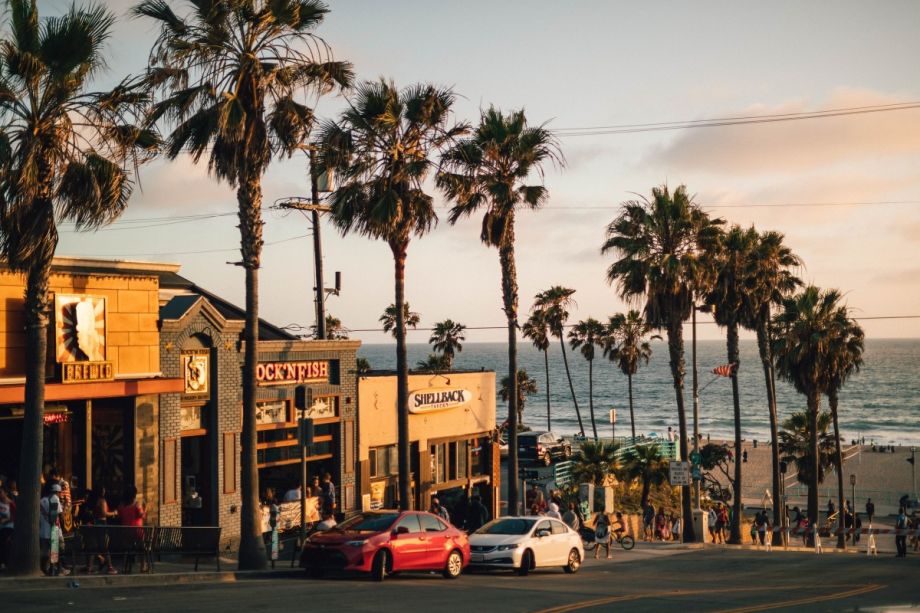

_920_518_600_350_80_s_c1.jpg)

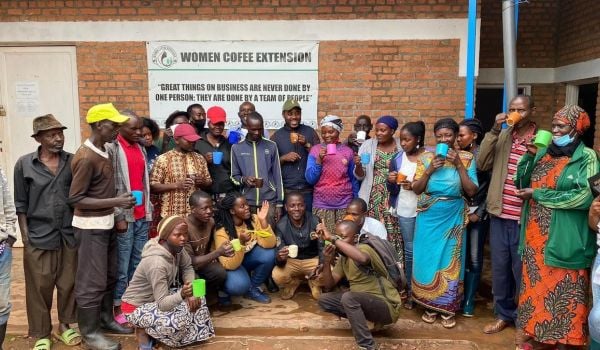
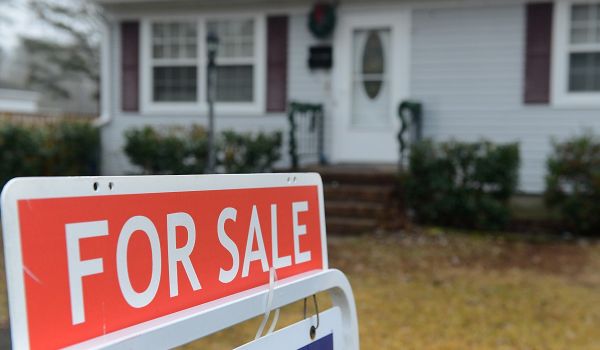
_600_350_80_s_c1.jpg)
